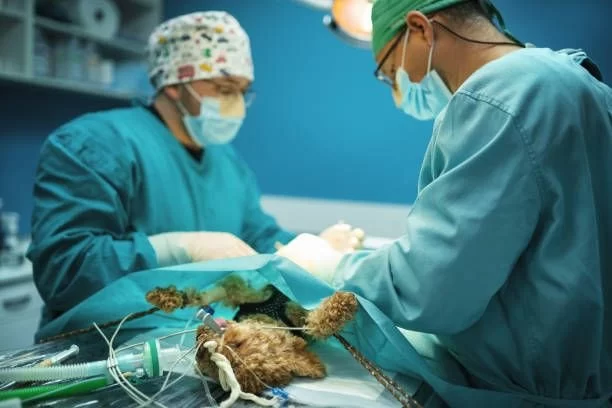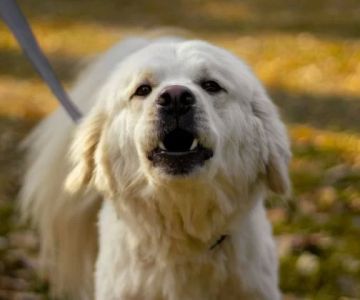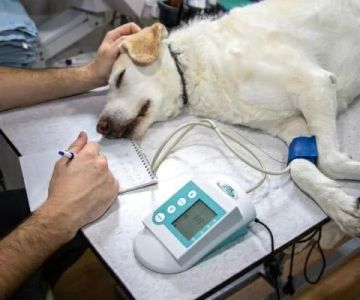1. Recognizing the Early Signs of Pet Liver Shunts
Liver shunts in pets, particularly dogs and cats, can lead to serious health complications if not detected and treated early. It is important to understand the signs and symptoms to ensure your pet receives the proper care. Here are some common signs of liver shunts:
Behavioral Changes
Pets suffering from liver shunts may exhibit behavioral changes, such as increased lethargy, confusion, or disorientation. They may also display an unusual level of aggression or anxiety, particularly if they are experiencing discomfort.
Digestive Issues
Frequent vomiting, diarrhea, and lack of appetite are also common symptoms. These digestive issues arise because the liver is not effectively processing toxins that would otherwise be filtered out of the body.
Growth and Development Concerns
In younger pets, liver shunts may lead to stunted growth or poor weight gain. This is due to the inability of the liver to process nutrients effectively, impacting the overall health of your pet.
2. Causes and Risk Factors of Liver Shunts in Pets
Liver shunts occur when blood vessels bypass the liver, causing the liver to not receive the blood flow it needs to filter toxins and process nutrients. There are two types of liver shunts: congenital and acquired.
Congenital Liver Shunts
Congenital liver shunts are present at birth and are most commonly seen in certain breeds of dogs, such as Yorkshire Terriers, Miniature Schnauzers, and Shih Tzus. Cats can also be affected, although it is less common.
Acquired Liver Shunts
Acquired liver shunts can develop later in life due to liver disease, such as cirrhosis or tumors. These conditions cause changes in the blood flow through the liver, leading to a functional shunt.
3. How to Diagnose Liver Shunts in Pets
If you suspect your pet has a liver shunt, it is important to visit a veterinarian for a thorough examination. The diagnosis often involves a combination of blood tests, imaging techniques, and sometimes specialized procedures.
Blood Tests
Blood tests are crucial in detecting elevated levels of toxins like ammonia, which the liver would normally filter out. The results can indicate liver dysfunction, prompting further tests to identify a shunt.
Imaging and Ultrasound
Imaging techniques, such as ultrasound, allow the vet to visualize the liver and blood flow. This helps determine the presence and location of any shunts, enabling accurate diagnosis and treatment planning.
Portosystemic Shunt Scintigraphy
In some cases, a specialized diagnostic test known as scintigraphy can be used. This test involves injecting a small amount of radioactive material into your pet's bloodstream to trace the blood flow and identify the shunt.
4. Treatment Options for Pet Liver Shunts
Once diagnosed, the treatment of liver shunts will depend on the severity of the condition, the type of shunt, and your pet's overall health. Treatment options include both medical management and surgical intervention.
Medical Management
In mild cases, medical management may be recommended. This typically involves dietary changes, medications to reduce ammonia levels, and supplements to support liver function. Special low-protein diets may help reduce the buildup of harmful substances in the bloodstream.
Surgical Intervention
Surgery is often the most effective treatment for congenital liver shunts. The goal is to close the abnormal blood vessels that bypass the liver, restoring proper blood flow and allowing the liver to function normally again. Surgery may be performed through minimally invasive techniques, depending on the location of the shunt.
Liver Transplant
In severe cases, where the liver damage is irreversible, a liver transplant may be considered. This is a complex procedure and is typically only an option for certain breeds or where other treatments have failed.
5. Managing Recovery and Long-Term Care
After treatment for liver shunts, pets will require close monitoring to ensure recovery and prevent future complications. Here’s how you can help your pet during the recovery process:
Post-Surgical Care
If your pet undergoes surgery, follow-up care is essential. This includes regular vet visits to monitor liver function, manage pain, and ensure that there are no complications. A recovery diet may also be recommended during this time.
Ongoing Medical Management
Even after surgery, pets may need lifelong medical management. This can include regular blood tests, medications, and dietary restrictions to ensure that the liver remains healthy and functions effectively.
Monitoring for Recurrence
It’s important to stay vigilant for signs of recurrence or complications. This may include symptoms like vomiting, lethargy, or changes in behavior. Regular veterinary checkups will help catch any issues early and allow for prompt intervention.
6. How Hidden Brook Veterinary Can Help
At Hidden Brook Veterinary, we offer expert care for pets suffering from liver shunts. Our team provides thorough diagnostic testing, including imaging and blood work, and we offer both medical and surgical treatment options. If your pet has been diagnosed with a liver shunt, contact us for personalized care and guidance through their treatment and recovery journey.












